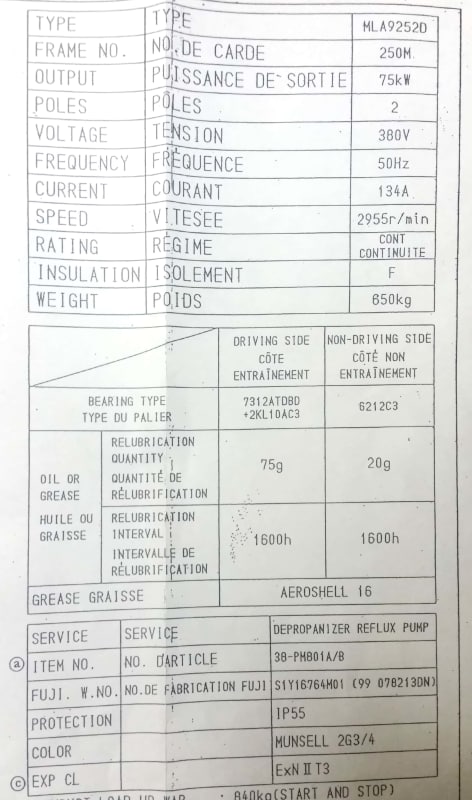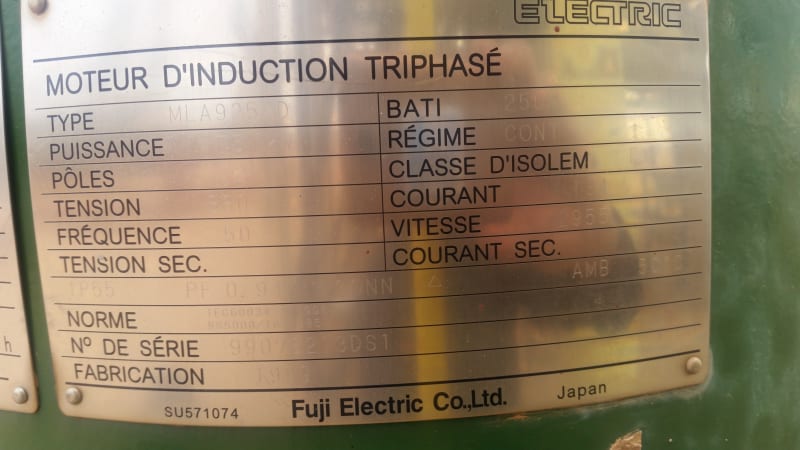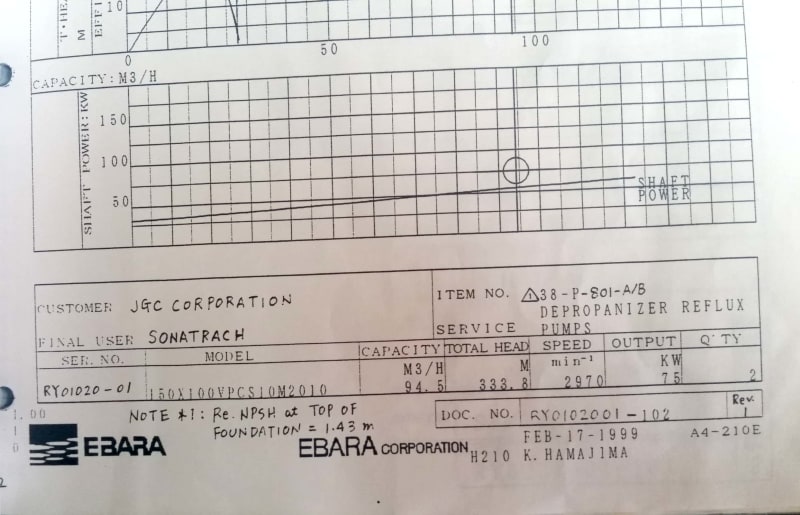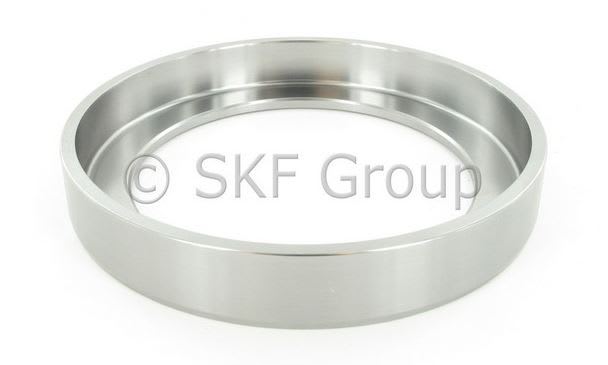lahcen
Mechanical
- Oct 23, 2013
- 34
Hi;
we have in our plant a vertical pump (EBARA) with 10 stages; to pump propane.
the driver of this pump is a electric motor (Fuji electric).
my question is how to mount driving side bearing (which figure is correct? fig1 or fig2?
All information is attached.
Thanks.
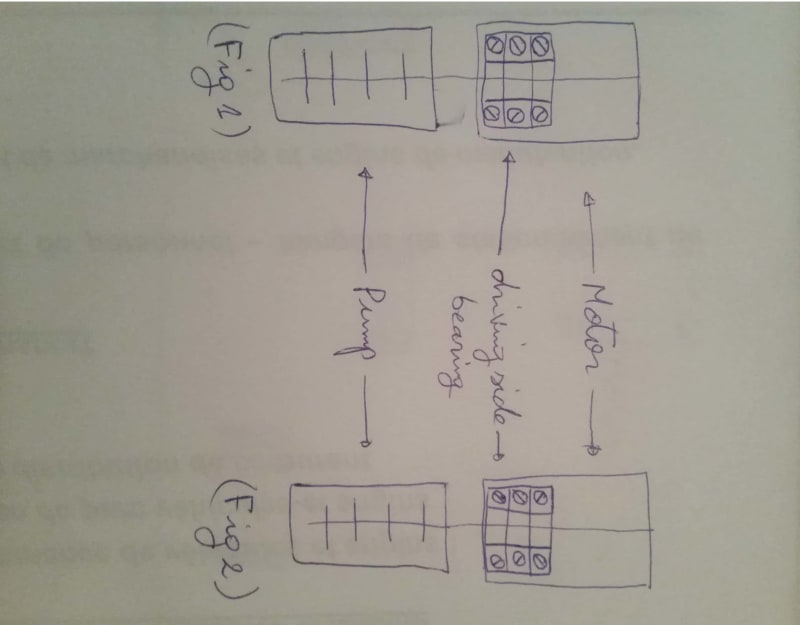
we have in our plant a vertical pump (EBARA) with 10 stages; to pump propane.
the driver of this pump is a electric motor (Fuji electric).
my question is how to mount driving side bearing (which figure is correct? fig1 or fig2?
All information is attached.
Thanks.


